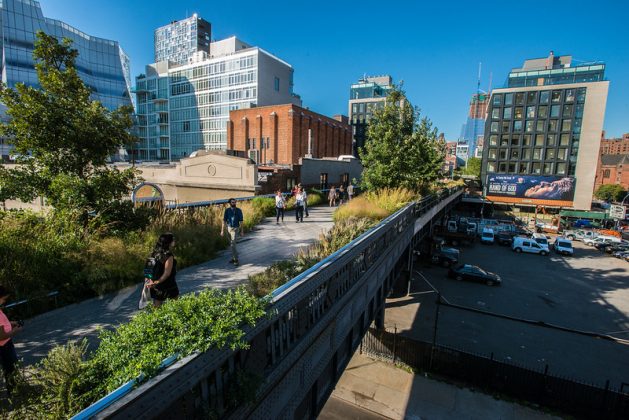People, Planning Behind Sustainable City Management

JOHANNESBURG & TASHKENT, Dec 05 (IPS) - Successful city planning, which takes place with the involvement of citizens, is the hallmark of the creation of sustainable cities, the International Conference on Demographic Resilience heard.
Katja Schafer, Inter-regional Advisor, UN Habitat, set the scene for the discussion ‘Demographic resilience: environmentally sustainable cities friendly to all categories of the population,’ by noting it was crucial to make the best use of “appropriate densities to connect people to services, their housing needs, their social needs, schooling, health facilities, and so on.”
The discussion included a reminder by Anvar Temirov, Head of the Department of Ecological Education, Scientific Research, and Implementation of Innovations, Ministry of Ecology, Environmental Protection, and Climate Change of the Republic of Uzbekistan, that critical to urban planning was to keep in mind ecological and environmental balances and that “the fight against climate change and the measures of mitigation are one of the priority number one agenda items these days.”
He told the audience of international parliamentarians that successful urban planning included developing safe, environmentally friendly cities to promote economic, environmental, and social sustainability that used best practices like renewable energy, pollution management (ideally zero-emission and including green buildings to reduce pollution), daylighting, and green spaces in urban planning and development, including bringing agricultural areas into the urban space so that citizens can benefit from locally produced food.
Daniel Griswold, Associate Economic Affairs Officer, UNECE/FAO Forestry and Timber Section, agreed and told the audience of the benefits of developing long-term master plans for urban forests, which, apart from environmental benefits, also benefit the mental health of the citizens.
“Trees can reduce ambient temperatures by up to 8 degrees Celsius... It also works at the neighborhood level. If you have pockets of forests in the neighborhood, the cooling benefit can emanate into the surrounding streets and reduce heat-related deaths.”
The urban forests needed to be maintained as they could also impact crime, result in accidents, and destroy infrastructure.
But he said the benefits outweigh the costs by roughly five to one, according to research.
Iskandar Soliev, an urban planning specialist, suggested it was crucial to reduce the number of cars, prioritize pedestrian safety in cities, and improve accessibility for people with disabilities.
Retrofitting roads and streets to be more environmentally friendly had a benefit to public health, he told the audience, adding that more people have died on the roads than from COVID-19.
Mukhayo Makhmudova, Culture Programme Officer, UNESCO Uzbekistan, suggested “reusing historical buildings" so that they are not only used as tourist hubs but also for the local population.
Policymakers were encouraged to consider demographics in their urban planning, something Takhmina Turdialieva, architect and head of the Young Architect's Association of Uzbekistan, said should also include involving the citizens.
“If citizens are involved in the process of development in the city, it will serve as an innovation lab because the whole city will be generating ideas and effective solutions foreseeing this, and by doing so, finding the good solutions will be much easier.”
IPS UN Bureau Report
© Inter Press Service (2023) — All Rights Reserved. Original source: Inter Press Service
 Global Issues
Global Issues